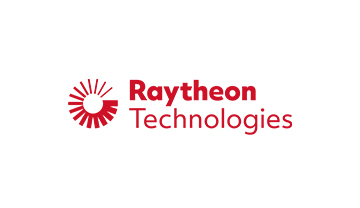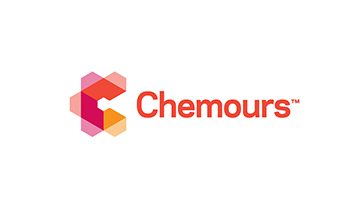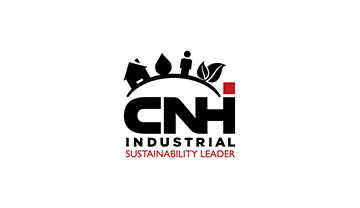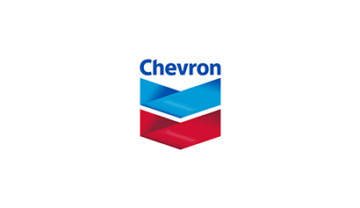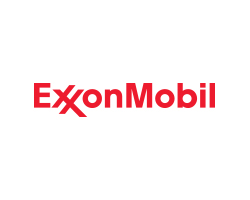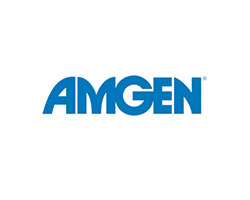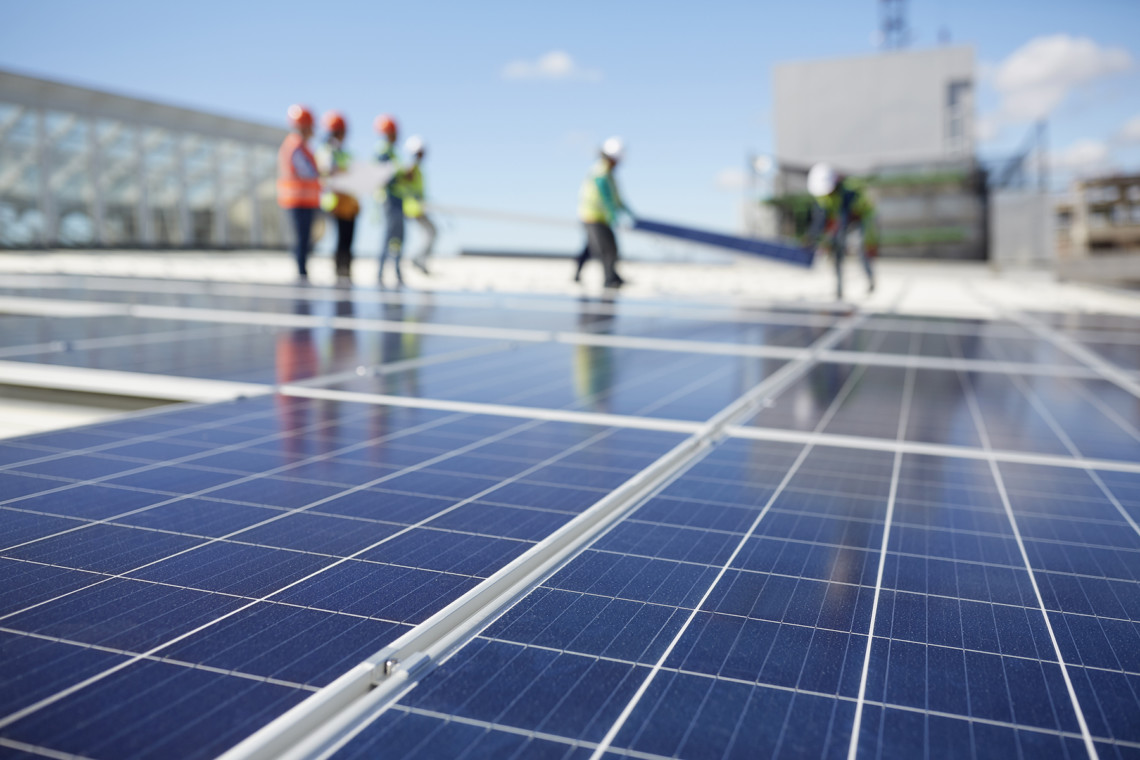
Hydrogen needs to become an intrinsic part of the region’s integrated energy system. By switching to a hydrogen-based economy, the EU hopes to lower carbon emissions 45% by 2030 and arrive at net-zero by 2050.
Hydrogen can be used to produce low carbon fuels for domestic heating and industrial processes or combined with air in a fuel cell to produce electricity. With a rising focus in the European Union on the effective integration of renewable energy, the importance of electric vehicles and reliable, resilient energy supply, energy storage is becoming an increasingly important factor in the electricity ecosystem. Chemours, a global leader in Proton Exchange Membranes, is developing new Nafion™ solutions to meet this demand for cleaner energy to produce electricity, and to power mobility.
Water electrolysis
Electricity from renewable energy can be converted directly to hydrogen molecules as a chemical energy source through electrochemical process. Splitting water into hydrogen and oxygen gases is called water electrolysis, it will likely play a greater role in producing hydrogen which is green when using electricity from renewable sources. This is called decarbonised hydrogen – or green hydrogen.
Chemours’ Nafion™ Proton Exchange Membranes are the key component of the electrolyser that converts water into hydrogen molecules. Nafion™ membranes enable excess power from renewable sources to be applied to water, electrolysing it into its component parts: hydrogen and oxygen. The resulting hydrogen is a near-perfect fuel. Converting it provides high-quality heat generation, and the only thing it emits is pure water vapour.
As renewable power continues to drop in cost, water electrolysers will be instrumental in turning electrons to molecules, providing ‘zero-emission valleys’ with carbon-neutral energy for transport, industrial use, power and heating, supporting the decarbonisation the world so desperately needs, as well as supporting economic growth.
Fuel cells
Hydrogen fuel cell mobility is one of the most promising solutions for a sustainable energy transition in large-scale transport modes, including trucks, buses, trains and light commercial vehicles.
Hydrogen fuel has a high energy density by weight and a high volumetric energy density. In practice, this means that fuel cell cars can travel up to 400 miles using just 5kg of pressurised hydrogen. Another benefit of hydrogen fuel is the time taken to refuel the vehicle. Since only 5kg or so of hydrogen needs to be put into the vehicle tank, fuel cell cars can be refuelled in a few minutes, as is the case for petrol or diesel vehicles. Fuel cell mobility will likely take over the heavy-duty transportation that regularly travel long distances, such as long-haul trucks, buses, trains, or even planes and ships, not to forget material handling vehicles. Cities in Europe are already buying fuel cell powered buses. By 2030, up to 4 million vehicles in the world could be powered by hydrogen.
Chemours’ Nafion™ membranes can be used as key components for hydrogen fuel cells in transportation markets. The company’s R&D capabilities in electro-chemistry technologies will be essential to realise the hydrogen future.
Read more:
Read more about how essential chemistry solves existential energy problems
Read more about how companies can tailor chemicals to markets
2030 Corporate Responsibility Commitment Goals | The Chemours Company












